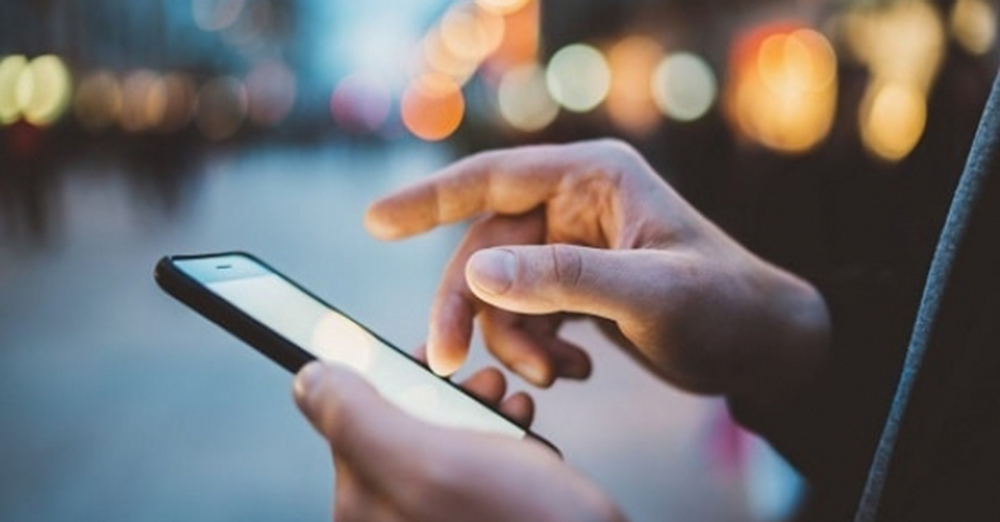Prolonged use of a small smartphone screen can cause long-term damage to the eyes.
As smartphones have become an essential part of our daily lives, here are some ways in which every smartphone user can reduce the risk of eye strain.
1. Use an Anti-Glare Screen Protector
. Mid-range and high-end smartphones now come with anti-glare screen stickers. If your phone does not have this, you should stick it on your phone. Anti-glare screen protectors are inexpensive and reduce the amount of blue light emitted by the screen, reducing eye strain.
Otherwise, you should use the Bluelight Filter system built into your new phone every time you use it. If your phone does not have such a system, you can download and use a third-party app called Bluelight Filter for Eye Care from the App Store.
(2) Blink frequently. (If possible, rinse your eyes with water.)
Another way is to blink frequently every time you use your phone. Doing so also reduces eye damage. Blinking is the only way to use a desktop computer. Use only laptops. This is a good practice for tablet PCs.
Focusing on the screen without blinking can cause dry eyes. Therefore, by applying eyelashes, you can prevent dry eyes naturally. Blinking also reduces the amount of radiation emitted by smartphone screens.
(3) Follow the 20/20/20 rule. The
human eye cannot focus at close range for long periods of time. Normally, the human eye can move near and far for seconds or seconds. Makes it visible in minutes. That’s why I like to read books closely. When using a cell phone, staring at the same distance for hours at a time may not be in harmony with the natural process of the eye.
Therefore, smartphone users should follow the 20/20/20 rule every time they use their phone. As a rule of thumb, you should minimize screen exposure by staring at a distance of 20 feet for at least 20 seconds after every 20 minutes of use. Another thing is that if you like to exercise, you can do short-term exercises for 20 seconds that will be good not only for your eyes but also for your body.
4. Adjust
Brightness, Contrast and Font Size Every time you use your phone, you should adjust the brightness, contrast and font size depending on the ambient light conditions. By adjusting the contract brightness with the phone screen brightness, you can prevent eye damage. You can use third-party apps with the phone’s auto-tuning system to do this. There are many apps for Android and iPhone that automatically adjust Brightness and Contrast.
Avoid staring at your phone screen for long periods of time in low light conditions, and do not use your phone in the dark. The font size on your phone should be large. This makes it easy to find something to look for, which reduces the need to focus on the phone and reduces the need to look closely at the phone.
